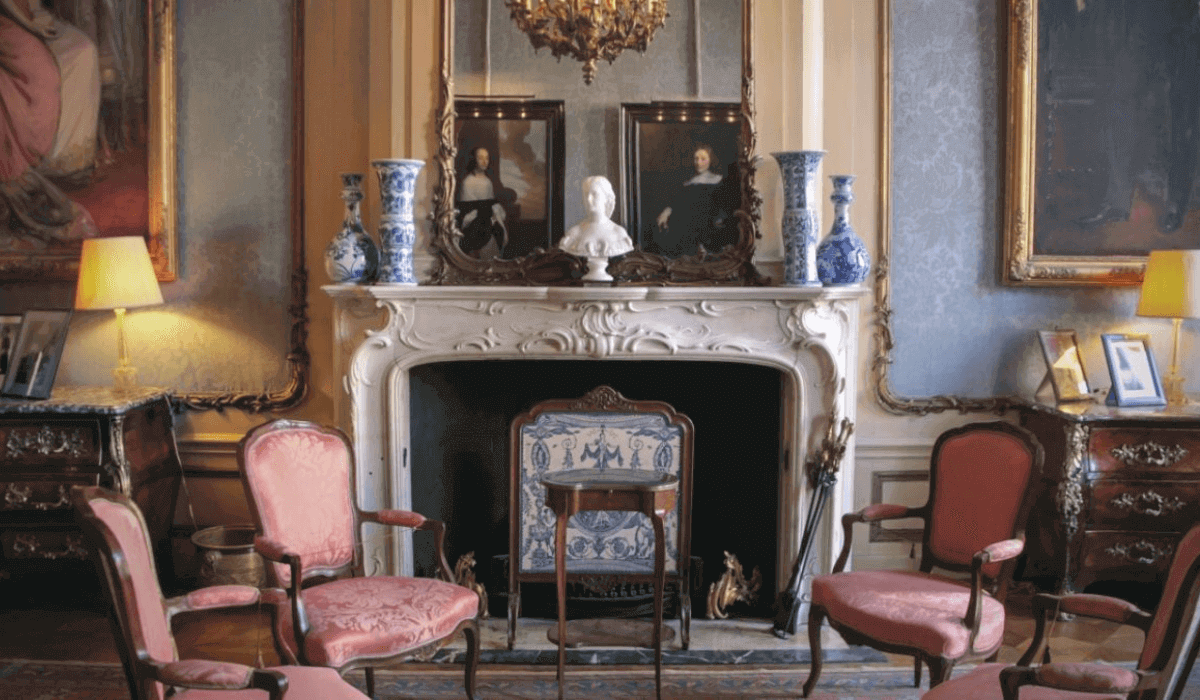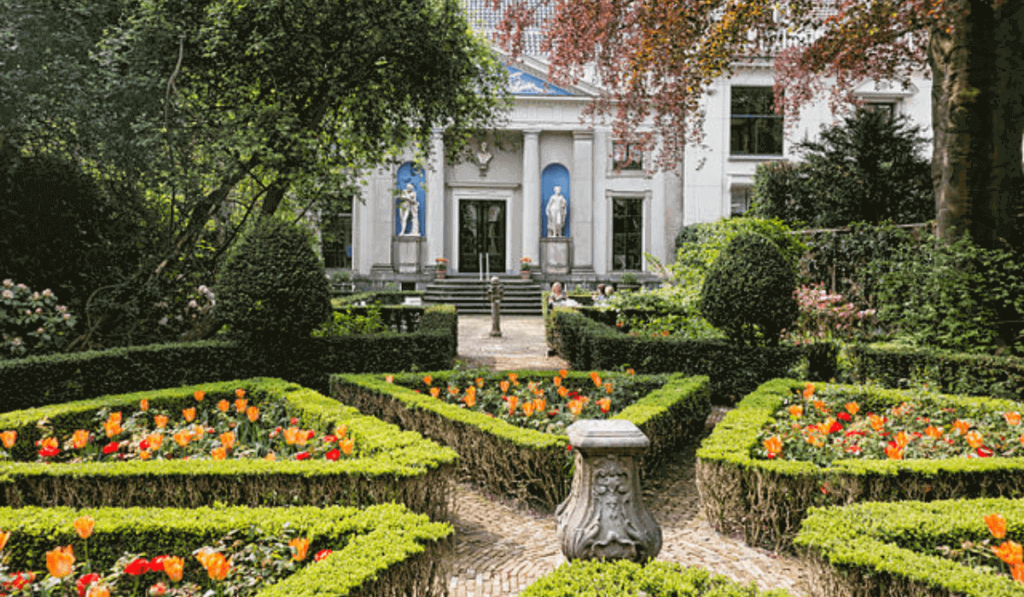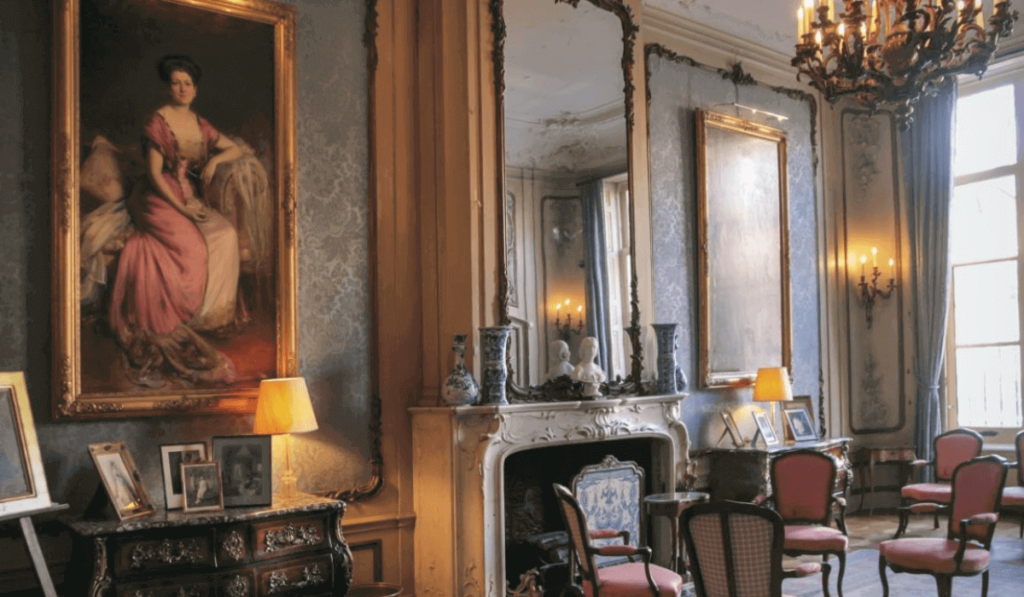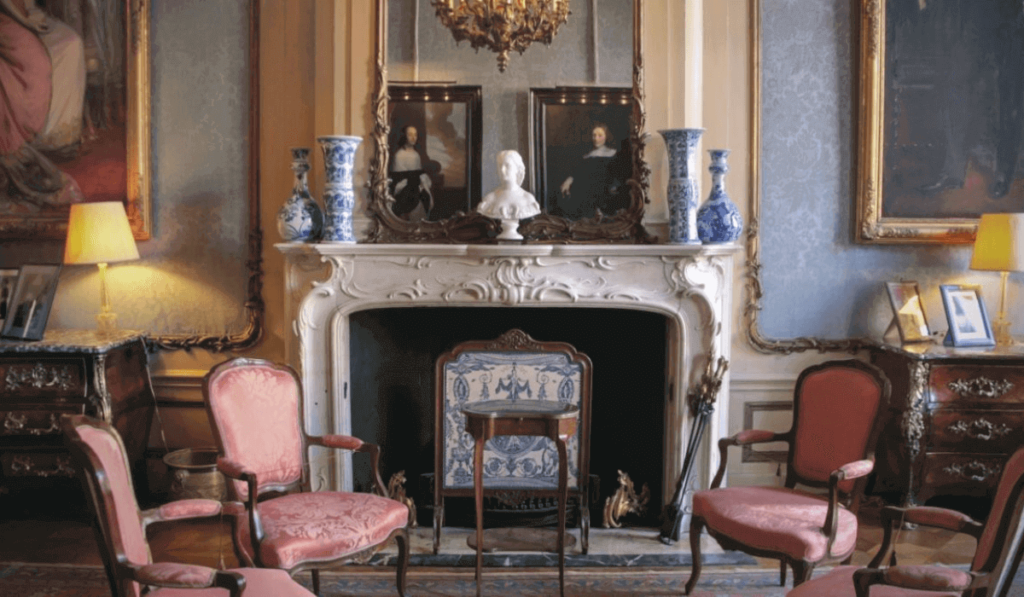On Saturday, November 12, 2022, friends of Common Sense Society–The Netherlands were given a tour of Museum Van Loon, a well-preserved traditional mansion from the late 17th century. Barring some modernizations, it still closely resembles the original design. As a result, it offers a window into the spirit of Holland during its Golden Age.
The house has a special history and has been owned by the Van Loon family for over two centuries. From the late 16th century, the family was held in high esteem and maintained close ties with the administrative elite. Illustrative of this is Willem Jansz Van Loon’s (1537-1618) position as co-founder of the Dutch East India Company in 1602, or Martine Van Loon-Labouchère’s much more recent thirty-year service as lady-in-waiting under Queen Beatrix.
Each room in Van Loon House has a unique style and theme. Visitors are taken on a journey through the property and the family’s history. During the 1970s, the Van Loon family decided to turn most of the house into a museum. Due to the family’s close relationship with the monarchy, House Van Loon has frequently been made available as a venue for important activities, including formal visits by foreign heads of state.
The grounds consist of two buildings separated by a rectangular garden. The mansion is the main building, located directly on the Keizersgracht. It is where the Van Loon family lived (and partly still lives), and simultaneously serves as the entrance. At the far end of the garden is the coach house. As the house was mainly used in winter, the flora was selected to be beautiful during the winter season.
The grounds were designed in the context of 17th-century classicism, a movement that was prevalent throughout Europe but came to special fruition in the Dutch Republic. Classicism built on the aesthetic theory of the Greeks and Romans, which emphasized symmetry and correct proportions. In the mainly Catholic southern countries, this expressed itself in the opulence of the Baroque and later the Rococo styles. Today the latter are still clearly recognizable in cities like Rome or Florence. Excess of minuscule detail is typical.
For the predominantly Protestant Netherlands, however, the southern style was too bombastic and decadent. Protestantism emphasized modesty and thrift. This was also expressed in art and architecture. The Van Loon house was designed in 1672, by the renowned architect Adriaen Dortsman. In this period, the Dutch Republic had just seen the Iconoclastic Fury, as well as eighty years of resistance to a southern, Catholic ruler. As a result, the exuberance so typical of the southern style is absent: not as much fine decoration, fewer frills, less gold leaf. Instead, classical form theory, symmetry and sense of proportion are recognizable in both the exterior and interior of the house. To make it look perfectly symmetrical, the stairwell even features fake doors!
This tendency can also be seen in many of the family portraits, of which the museum contains many. The jet-black portrait background as well as the noblemen and women’s simple clothing provide a stark contrast to paintings from southern Europe. It was at odds with the Protestant view of life to display prosperity in the southern style. The Dutch nobleman had himself portrayed as a successful but sober person, equipped with little jewelry and in simple, monochrome clothes. The impression of prosperity was cultivated, but subtly, for instance by depicting exotic fruit, which was reserved for wealthy citizens due to scarcity and price.
In short, the CSS themes of freedom, prosperity, and beauty come together in Museum Van Loon in a special way!



